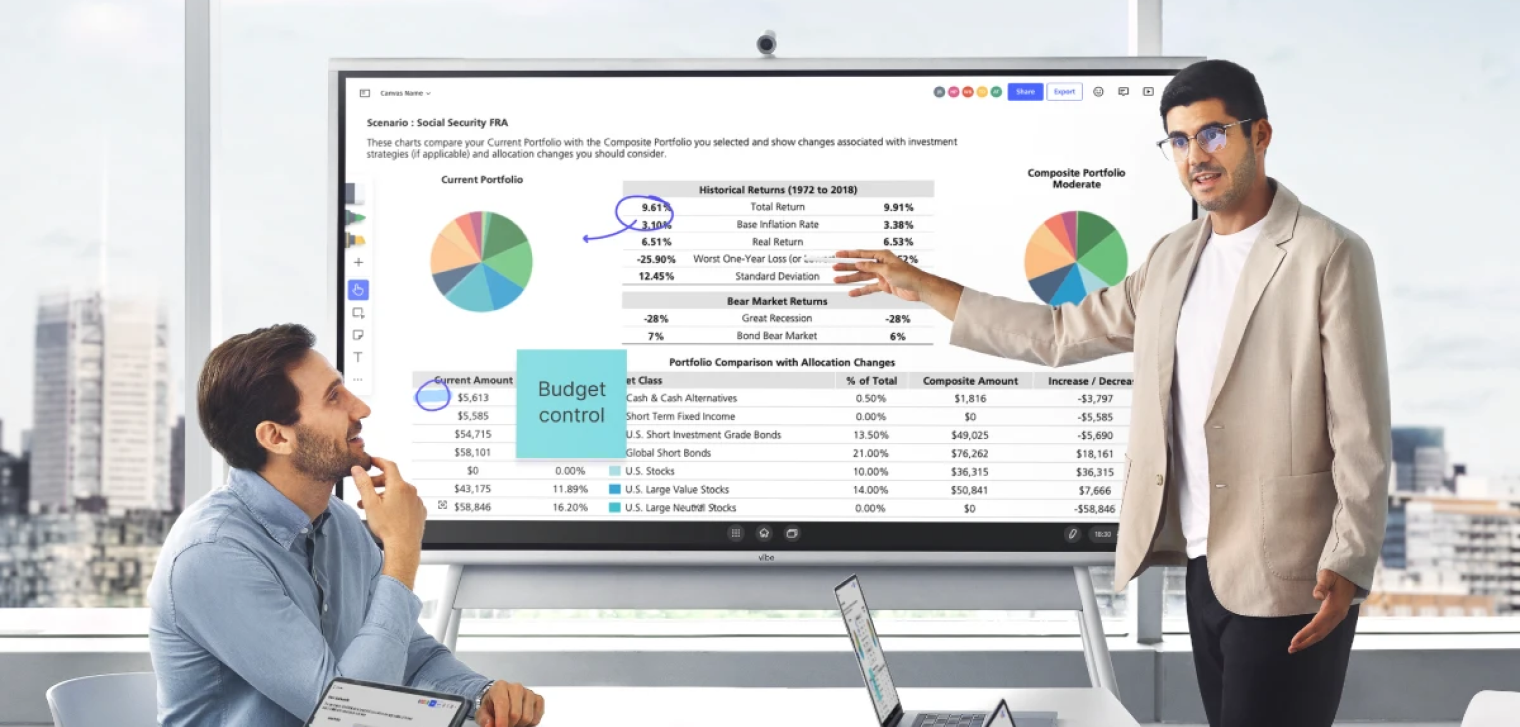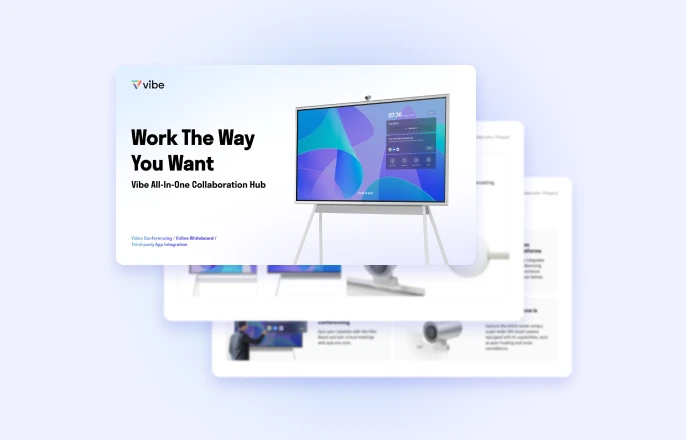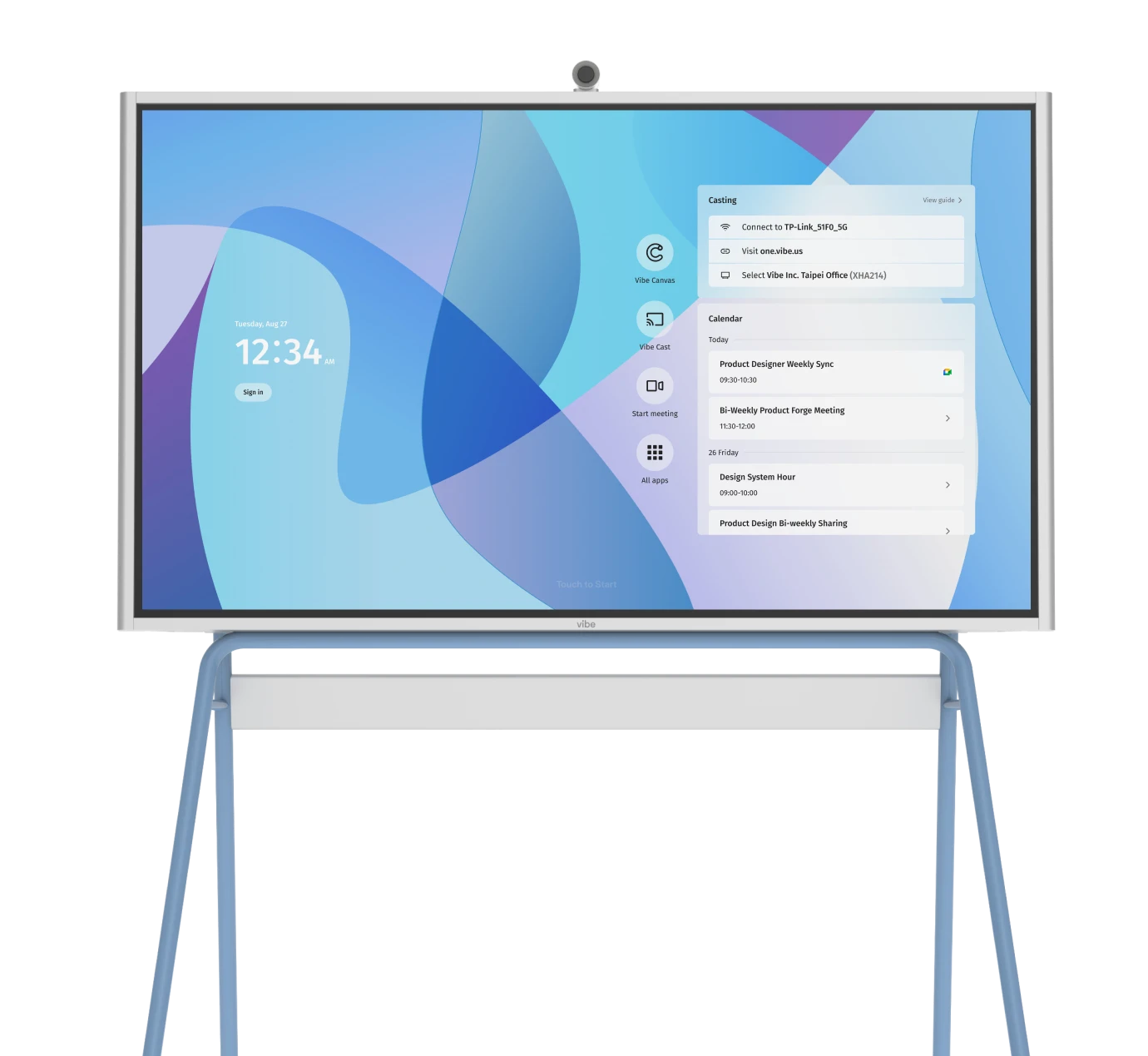Recent studies revealed that 84% of companies that prioritize improving client communication see a direct uplift in revenue, while poor communication skills cause 68% of customers to stop doing business with a company entirely. [1]
This stark reality highlights a critical truth: how well you communicate with clients is the direct difference between healthy relationships that drive sustainable growth and negative experiences that spiral into customer churn. Whether you’re pitching a new prospect, training a point of contact, or providing ongoing support, your ability to communicate clearly and engage meaningfully can make or break the client relationship.
- Strategic communication drives revenue as prioritizing client communication creates measurable business growth while poor communication causes customer churn.
- Match communication channels to purpose by selecting the right platform for each interaction type based on complexity and urgency.
- Proactive engagement strengthens relationships through regular updates and adapting communication styles to client preferences rather than reactive responses.
- Interactive technology improves outcomes by using collaborative tools that transform clients from passive listeners into active participants.
What Is Client Communication?
Client communication refers to any interaction or exchange of information between a business and its clients, encompassing everything from initial sales pitches to ongoing project updates and support conversations. This multifaceted process includes written communication like emails and reports, verbal exchanges through calls and meetings, and visual presentations that help convey complex ideas. Modern businesses have more communication options than ever, but choosing the right channel for each situation is crucial:
-
Direct messaging platforms – Real-time conversations through business chat tools and collaborative workspaces
-
Support channels – Addressing client questions and concerns via phone, email, live chat, or social media
-
Regular updates – Scheduled newsletters and communications about project progress, company news, or industry insights
-
Social engagement – Building relationships through social media interactions, posts, and community building
-
Feedback collection – Gathering client input through surveys, forms, and structured feedback sessions
-
Mobile communications – Quick updates and notifications delivered via text or app-based messaging
-
Educational content – Hosting webinars, training sessions, and live demonstrations to add value
The key isn’t to use every channel available—it’s understanding your client well enough to select the mix that resonates best with their needs and preferences. The goal is always the same: to facilitate clear understanding, build strong relationships, and ensure both parties are aligned on expectations and outcomes. When done right with consistency, what starts as routine business interactions builds into deeper, long-lasting relationships that drive retention and referrals.

What Does Effective Client Communication Look Like?
Effective client communication is characterized by clarity, consistency, and proactive engagement that keeps all parties informed and aligned throughout the entire relationship. Strong client communicators choose the right channels for each type of interaction—email for simple updates, video calls for complex topics, dashboards for project visibility, and instant messaging when urgent issues arise. They listen actively, ask thoughtful questions, and give regular updates (even without immediate action items) to stay consistently proactive and transparent. They also adapt to match their clients’ preferences, whether that means formal progress reports for C-suite stakeholders or collaborative whiteboarding sessions for hands-on project teams.
9 Tips for Communicating Effectively with Your Clients
Time to turn principles into action. The following 9 practical, repeatable tips will help you get started strengthening relationships, building trust, and keeping projects moving smoothly—whether you’re working on a months-long project or a quick-turn deliverable.
1. Set Expectations Early
Strong relationships are built on a common understanding from day one. When kicking off a relationship, establish timelines, deliverables, roles, and communication cadences—then confirm them in writing. Discuss preferred channels, working hours, and escalation paths so no one’s caught off guard.
This gives clients confidence they’re in capable hands and sets a professional tone for your engagement. When expectations are set early and adjusted as needed, it’s easier to manage change, prevent surprises, and maintain alignment long-term. In short, the best way to avoid misunderstandings later is to build groundwork to prevent them from arising in the first place.

2. Always End with Action
End every meeting, call, or email exchange with a clear direction on who’s doing what next—and by when. A post-meeting recap email might include bullet points for decisions reached, deadlines, and the specific person responsible for each task.
This approach ensures mutual accountability and turns discussions into tangible roadmaps. Clients appreciate knowing that you’re tracking the moving pieces and keeping momentum toward the agreed goals. Over time, this practice will build your reputation for being organized, decisive, and results-oriented—qualities that keep clients confident in your process.
3. Personalize the Approach
No two clients are exactly alike, so resist the urge to use a cookie-cutter communication style. Tailor your updates and conversations to suit the individual client’s role, goals, and preferences. Executives often want concise, high-level summaries; operational leads may need detailed timelines and data.
Understanding this allows you to adapt content, tone, and format to resonate with them. Always pay attention to patterns and adjust: do they respond fastest to Slack or email? Do they prefer recurring calls or written reports? The more you align, the smoother your collaboration will run.
4. Showing Always Beats Telling
Visuals communicate faster and with more impact than text-heavy explanations. Whether it’s a dashboard, project management board, annotated mockup, demo, or other visualization, showing something concrete clarifies understanding and accelerates decision-making. Clients can more easily spot feedback opportunities when they see how a plan or deliverable looks in real form.
Interactive walk-throughs or side-by-side comparisons make the update process more engaging and help stakeholders feel more informed and involved. Bonus impact: visuals also bridge potential knowledge gaps, especially when explaining technical concepts, deep data, or design elements.

5. Prioritize Quick Responses
In client relationships, silence is often interpreted as neglect—even if you’re working hard behind the scenes. Show reliability by acknowledging all client communications as promptly as possible, even if a full solution will take more time. A quick, "Thanks for bringing this up—full update coming Thursday" is often enough to keep trust intact.
This standard doesn’t mean being constantly reactive and always online, just consistently in check with communications and prompt with response times. Over time, this consistency will strengthen your credibility, reassure clients that their needs matter, and reduce their impulse to follow up repeatedly.
6. Share Bad News Honestly and Early
Issues happen. What matters is how and when you communicate them. Pass along key information on problems as soon as you see them, explaining the situation without defensiveness and immediately presenting potential solutions. For example: "The new integration is delayed one week due to API changes. Here’s our revised timeline and plan to avoid further disruption."
This proactive approach prevents bigger fallout later and builds your reputation as a trustworthy partner who doesn’t hide from challenges. Clients will almost always value your honesty more than if everything had gone perfectly.
7. Regularly Invite Feedback
Strong communication is a two-way street. Create recurring opportunities for clients to share what’s working and what isn’t—both on the work itself and the collaboration process. Instead of open-ended questions like, "Any feedback?" try targeted prompts like "What would make these updates more valuable?" or "Is there anything in our process slowing things down for you?" Then act on feedback to show that you’re receptive and committed to continuous improvement, ensuring clients will feel heard and respected.
 Team using a Vibe Board to visually present information in client communication.
Team using a Vibe Board to visually present information in client communication.8. Create a Shared Sources of Truth
Centralize all critical project information (think timelines, responsibilities, decisions, assets, data, etc) into shared, accessible locations—the fewer the better. Reliable sources of truth position you as a well-organized partner.
Whether it’s a project management platform, an internal client portal, or a shared drive, it is a must to keep everything updated and organized to reduce confusion. This approach saves time otherwise lost to "version chasing" and ensures new contacts can quickly get up to speed.
9. Choose the Right Tools
The channels and tools you use to communicate can dramatically affect clarity, engagement, and speed. Like we mentioned: email is great for formal summaries, instant messaging for urgent items, and video calls for nuanced discussions. But when you need to ideate visually, solve problems in real time, or collaborate across locations, a shared digital space is indispensable.
Cutting-edge solutions like smart whiteboards are revolutionizing the client communication process, transforming meetings into dynamic working sessions, enabling clients and teams to collaborate from anywhere. Choosing tools that fit the moment elevates every interaction.
When choosing communication tools, consider:
-
Client Experience – Will this make communication clearer and easier for them?
-
Adoption Speed – Can teams and clients start using it quickly?
-
Integration Fit – Does it work with existing workflows and systems?
-
Scalability – Will it support larger projects and more stakeholders as relationships grow?
-
Reliability – Can we depend on it for critical conversations?
-
One-Tool Test – If we could only use one, would this be the one?
Avoid tools that show these red flags:
-
Steep client learning curve or extensive training needs
-
Frequent downtime or technical glitches
-
Data silos that limit information sharing
-
Strong in isolation but weak in integration with other tools
How Real Customers Are Using Vibe for Client Communication
Are you ready to improve client communication? Here are two ways Vibe customers are using their boards to help build their brand and increase client engagement right now.
Leadership coach Sam Silverstein needed to find a way to offer the same value to his clients in a virtual event setting. By upgrading his workspace with a Vibe Smart Whiteboard, he’s able to unlock new levels of creativity in the office and give more dynamic presentations. With the swipe of a finger, Silverstein can switch between slides and a blank Canvas, illuminating ideas through real-time drawings to help clients understand concepts on a deeper level.
At the start of the pandemic, tennis coach Ian Westermann needed a way to better engage his athletes and stand out from other tennis coaches. For in-person training, Westermann uses his Vibe Smart Whiteboard as an on-court teaching aide, quickly diagramming strategies and tactics on a tennis court diagram or showing YouTube videos. He also tracks individual athlete progress, adds notes, and exports PDFs for athletes to review after sessions.
Discover how leading professionals leverage Vibe Board to optimize client communication through seamless collaboration and interactive presentations:
Client Communication FAQs
What are the 5 C’s of communication?
The 5 C’s of communication are Clear, Concise, Consistent, Complete, and Considerate—foundational principles that ensure your message is understood and well-received. These elements work together to create communication that eliminates ambiguity, respects your client’s time, maintains quality across all touchpoints, provides necessary context, and shows empathy for your client’s perspective.
What are three types of communication you can have with a client?
The three primary types of client communication are verbal (phone calls, video conferences, meetings), written (emails, reports, contracts), and visual (presentations, charts, dashboards, whiteboards). Each type serves different purposes throughout the client relationship, from real-time dialogue and formal documentation to conveying complex concepts through visual formats.
What are the risks of poor client communication?
Poor client communication leads to misunderstandings, missed deadlines, scope creep, and damaged client relationships that can result in contract terminations and lost referrals. Additionally, unclear communication often causes costly revisions, extended timelines, and potential legal disputes that significantly impact your bottom line and professional reputation.









-1sbltxxq4FYxHrXrwJVLsCDNsXpqNa.webp)
-5Zp0pmSytvcuYDVs1LvuwplKuRneK0.webp)

